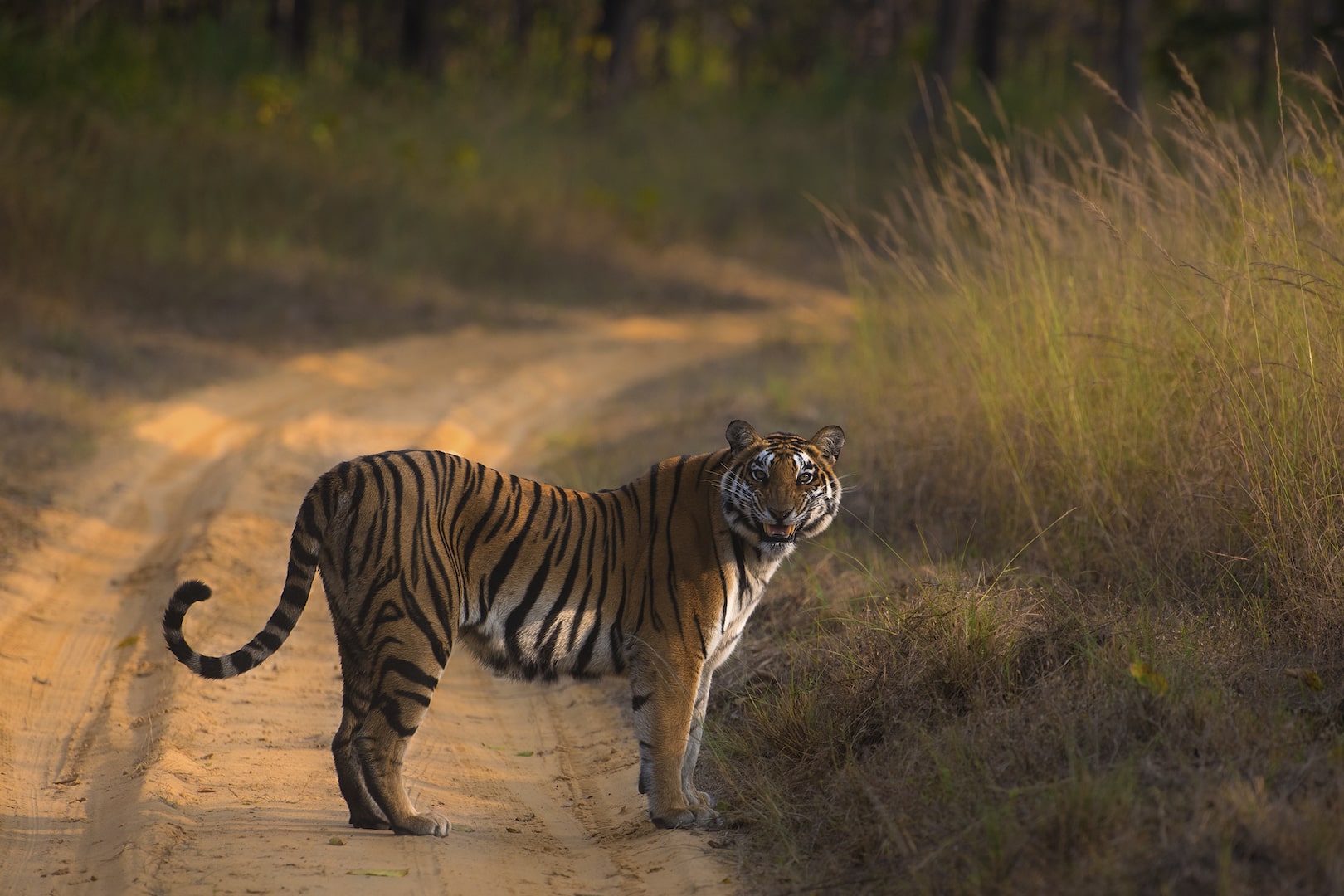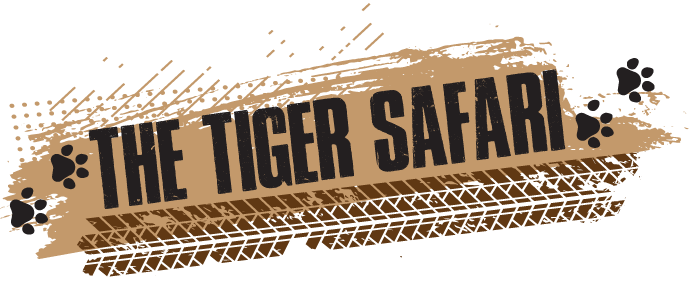Home of the Hill Tigers
A large contiguous tract of forest, Captain James Forsyth of the British army wrote extensively about Satpura Range. In his book named “The Highlands of Central India” he mentions account of the hill tribes and animals, and his adventures of the then unexplored land.
Satpura National Park is as charismatic as it was during the Forsyth’s time. A biodiversity reserve it comprises of the Pachmarhi Sanctuary, Churna Reserve Forests and the Satpura National Park. Tourism takes place from the Madhai (Range) Gate of the Satpura Tiger Reserve. The safari begins on a boat which ferries the tourists across the long span of River Denwa.
From here open jeeps carry tourists into the jungles on a game ride. The undulating hills studded with igneous rocks, entangled with over grown vines, bushy shrubs and tall stands weave an amazing tapestry of a unique kind. The steep mountains are taller here than at the rest of the Madhya Pradesh. The tallest peak of the State is Dhoopgarh at 1530 MSL a part of the reserve. The grasslands are short cropped but support an amazing web of life including the hard ground swamp deer recently trans-located from Kanha National Park.
STR is not a tiger centric park but the big cats are very much here scattered all over the core area and the buffer. The tiger density is low but nevertheless leopard, sloth bear and the wild dog sightings make up for less tiger sightings. The destination offers opportunity for a holistic adventure rather than a mad tiger chase as is evident in most of the reserves in India.
On a game ride besides enjoying the incredible expanse of forests, grasslands and mountains, experiencing the biodiversity is a great pleasure. Other animals seen here are the the Nilgai, Hyena, wolf, ratel, black buck, chital, sambar, barking deer, chinkara and the four horned antelope.
At heights, the incredulous songster the Malabar whistling thrush is a great attraction besides plenty of avian species. River Denwa the lifeline of this ecosystem is another bird watchers niche with migrant waterfowl enlivening the waters during the winters. Indian skimmers can be seen here all around.
Core Area: 524.66 sq km
Buffer: 2002.42 sq km
Winters: Cold 0 deg C to 13 deg C
Summers: Hot 40 deg C peak
Best Season: October to June. Park is closed during the months of monsoon from July to September. Carry warm clothing in winter and light khaki all over.
Tourism: Infrastructure well developed. Banking services are weak. Carry cash. Khajuraho township contains an airport, shopping facilities and several hotels and resorts.
Safaris: Permits booked in advance. Timing – morning and evening. Carry binoculars, bird books etc.
How to Reach? Panna is just 25km from Khajuraho Airport. It is 90 km from Satna Railhead and 130 km from Katni Railhead. The distance to Bandhavgarh National Park is 185 km. It is 216 km from the nearest big town with an airport called Jabalpur.


